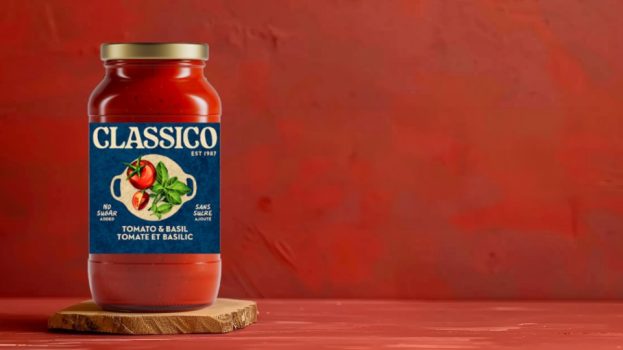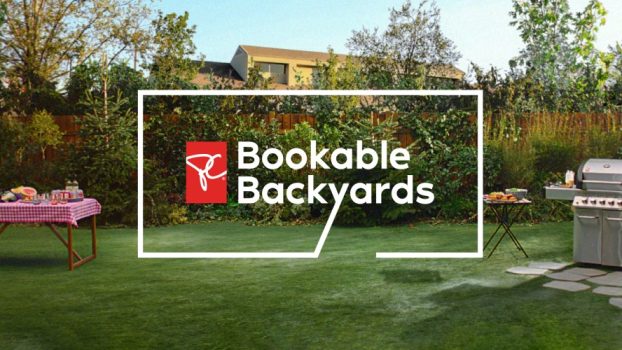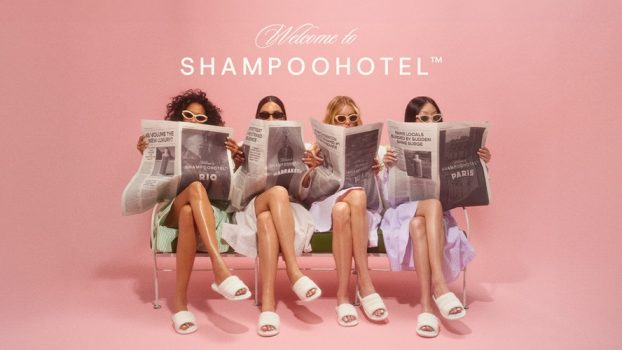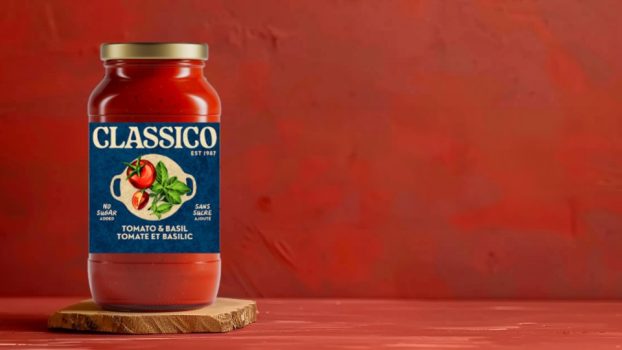Panelists: Chris Plewes, VP, design strategy, Anthem Group, Toronto, Ont.; Maria Kennedy, president, CD, Karacters Design Group, Vancouver, B.C.
According to the Richmond Hill, Ont.-based Canadian Bottled Water Association, Canadians drink 850 million litres of bottled water every year. Sales in the category went up 31% in the 52 weeks ending September 2001 and continue to rise. In the U.S., 34 new brands had already rolled out in 2002 as of late August, up from 17 in 2001.
Trendy New York restaurants now offer water lists (for plain water, not carbonated) to their more discerning customers. Yet to most consumers, it all pretty much tastes the same, and historically they’ve show little brand loyalty on the basis of the product alone.
‘The marketplace is truly competitive,’ says Greg Berube, president of Toronto design firm Strategies International, which recently designed a new water bottle that will hit stores later this month. ‘You’ve got to build a brand that adds some value, like Evian has done, with mystery and intrigue and compelling graphics that make it pull away from the shelf. People have to have those things in their head when they walk into the store and see your brand on the shelf. You’ve got to get them to try it.’
Berube points out that there is still some stigma around paying a premium price for a brand name. An original bottle design, although more expensive, is vital to charging a premium price. Targeting a specific market, too, has also become important. Smaller bottles for kids, hipper bottles for, well, hipsters.
‘In a lot of cases, shelf presence is the maximum amount of exposure that people really get of the brand. If you want to make a profit off this thing, you have to stand out.’
Volvic Natural Spring Water from Danone, sold internationally
Form
Chris: The unique characteristics of the bottle are subtle: light blue tinting and a square versus cylindrical cross-section. Otherwise this bottle doesn’t give much equity to the brand.
Maria: I like the square bottle – although it’s very generic. The blue tint is nice, makes the water seem fresh.
Function
Chris: Though the bottle isn’t very exotic it is very functional for typical day-to-day use. It is compact and easy to hold.
Branding
Maria: This seems like a generic brand to me, I don’t really know anything about it, other than it’s made in France. Wouldn’t it be cool if there could be a great-looking label to accompany the bottle? We don’t need any more mountains. I give it one star.
Chris: To a North American ear this name sounds anatomical. ‘I have a pain in my volvic region.’ Again, the category clichés do nothing to elevate the brand, though the graphics are purer looking and more impactful than the Aberfoyle design. This product must rely on a consumer base of European consumers or water connoisseurs.
O+2, Clearly Canadian Oxygen Enhanced Water, available in Canada and the U.S.
Form
Chris: This bottle is a tongue-in-cheek parody of an oxygen tank. It helps to highlight the unique selling proposition of the brand.
Maria: Of course, I have to be partial to this design – we did it. We tried to be true to the product’s benefit by making everything about it relate to oxygen. So, the bottle looks like an oxygen tank – with its straight sides and blue color. The label information is presented in a straightforward manner – helping to add to the enhanced nature of the product. Diagrams were used to further the point.
Function
Chris: Though this bottle is cool, it does not offer any functional benefits beyond any other bottles. In fact, it is probably harder to grip when wet versus the others.
Branding
Chris: This is not a well-branded bottle. It is intriguing and sophisticated and does an excellent job conveying the product features but just try to understand what the brand is called! It relies heavily on the impact of the bottle and misses the opportunity to instill a brand into the consumer’s head. This product is an easy target for a knock-off brand.
Evian Nomad, from Danone, available in 160 countries around the world
Form
Chris: This is a very intriguing bottle. It conveys an immediate functional benefit. This package appeals to the consumer’s self-image. Like with running shoes, the average person won’t use these features, but still feels good acquiring them.
Maria: I was excited when I heard about this bottle, but when I got it, I was disappointed with the fact that it doesn’t have a clip, just a loop. And what’s with the tacky embossed mountains on the lid? No need for that.
Function
Chris: The loop at the top, the click-lock cap, in addition to the textured and contoured shape contribute to a sporty, very functional bottle.
Maria: Ergonomically a very pleasing bottle. They obviously spent a lot of time designing the form; its fluid shape gives the feeling of fresh, cascading water. I think many people will buy this bottle once, then re-fill it. The bottle is too big for a car’s cup holder though – it’s more of a work-out bottle.
Branding
Chris: The brand seems somehow at odds with the sporty nature of the bottle. However, Evian did a superb job in branding their product. They have ensured that consumers will give credit to their brand for their product/benefit superiority. Evian graphics are the most memorable and impactful.
Maria: Evian is so well known, they don’t have to do anything – but figure out a way to continue to charge a premium. Packaging innovations like this trick the consumer into believing that it’s worth more. And maybe this will help to get Evian thought about as more than a special occasion water.























